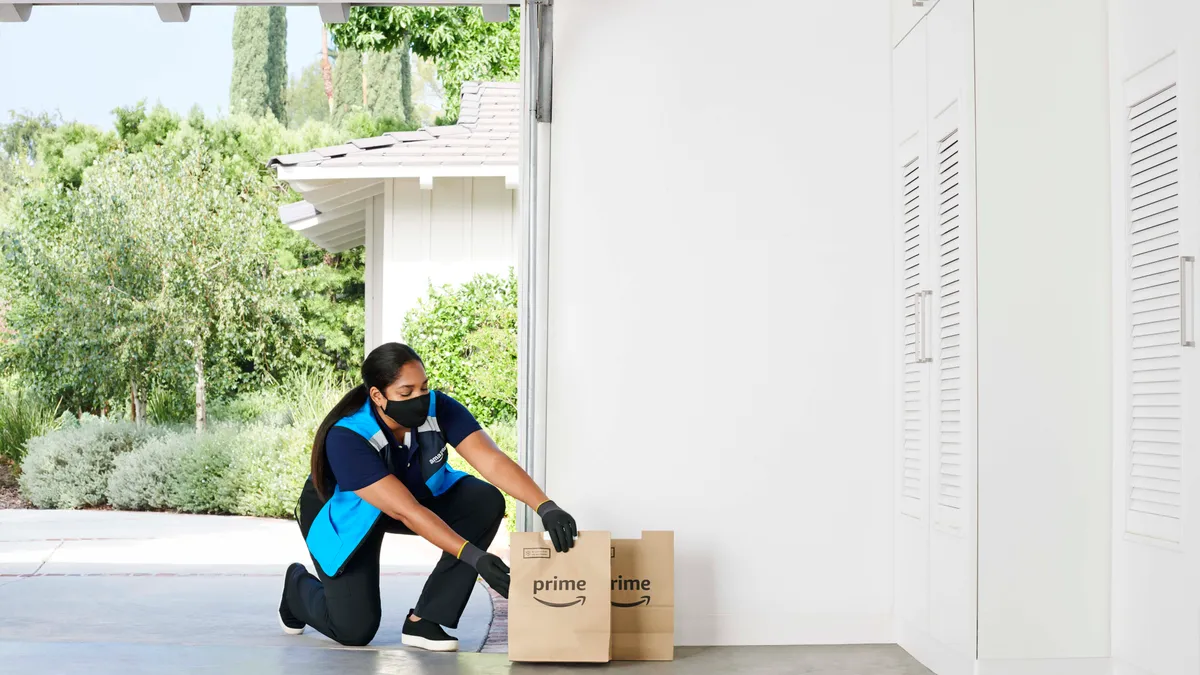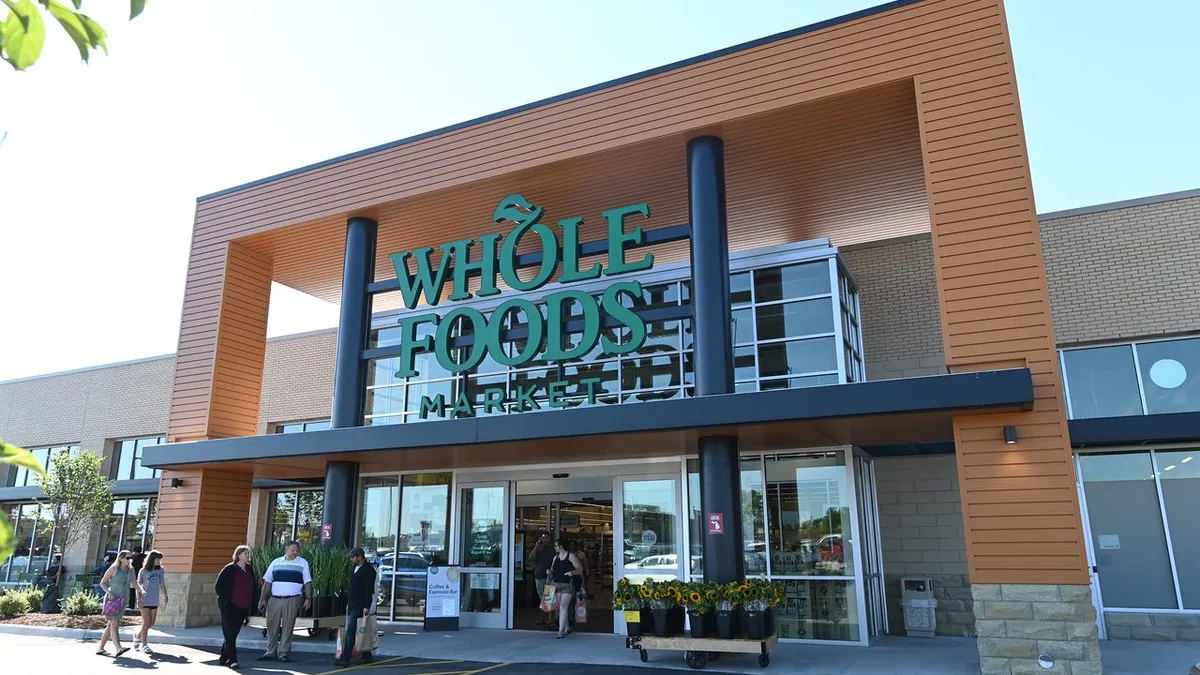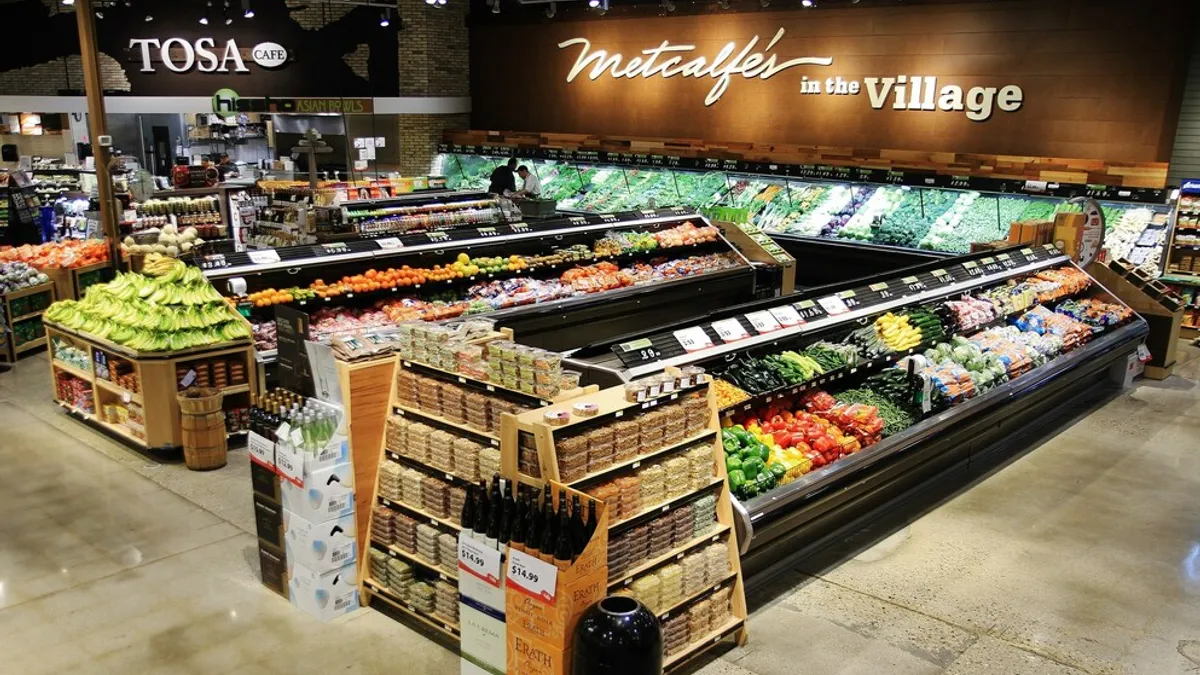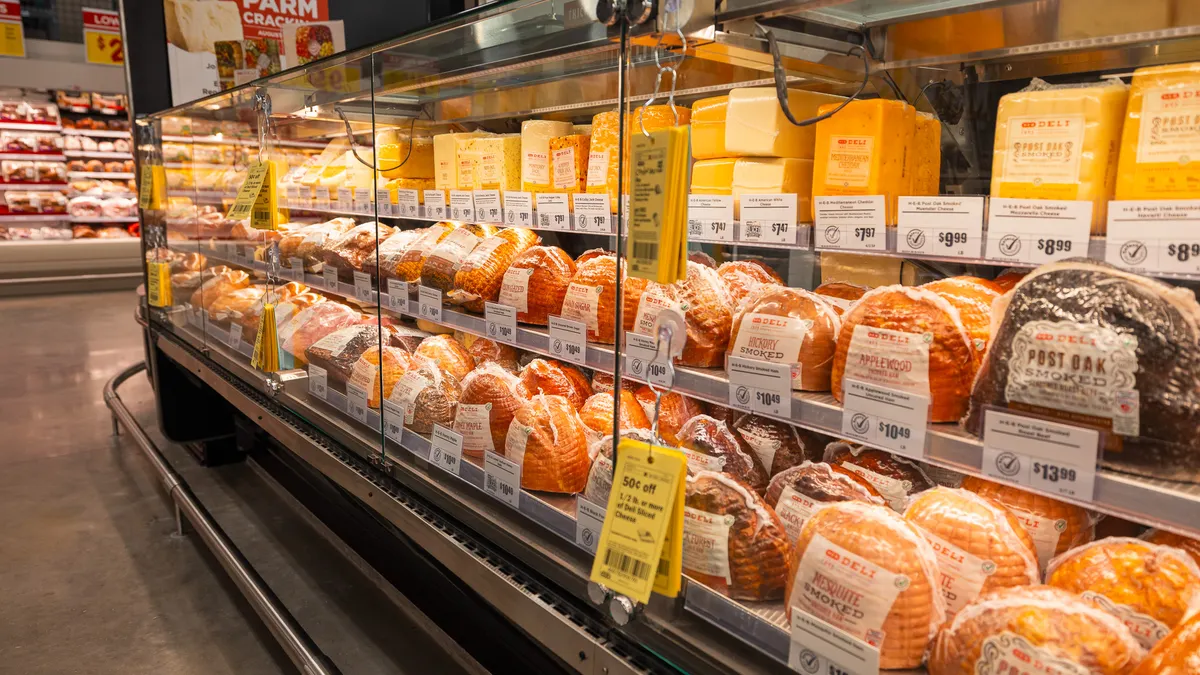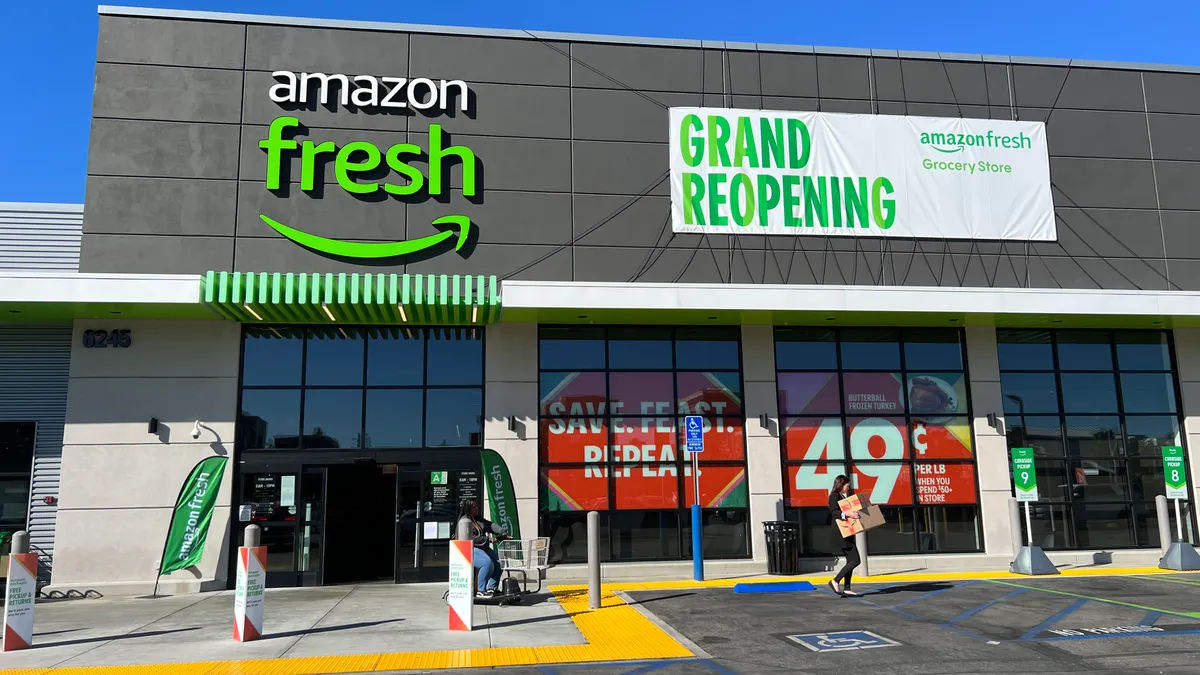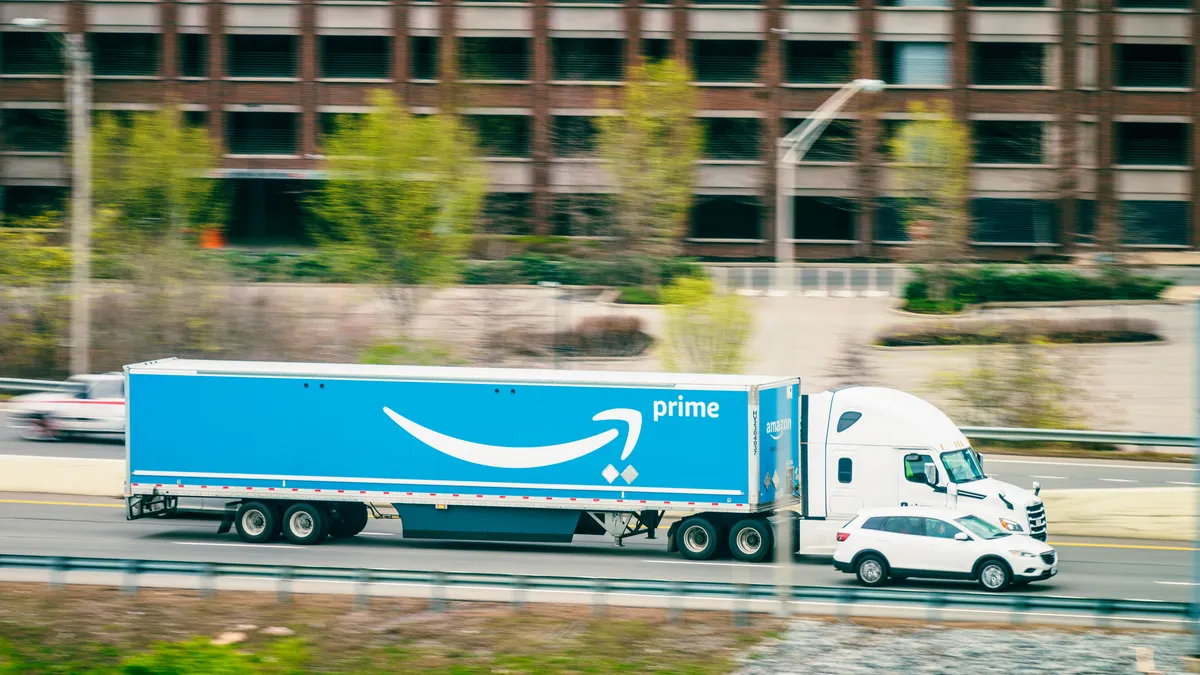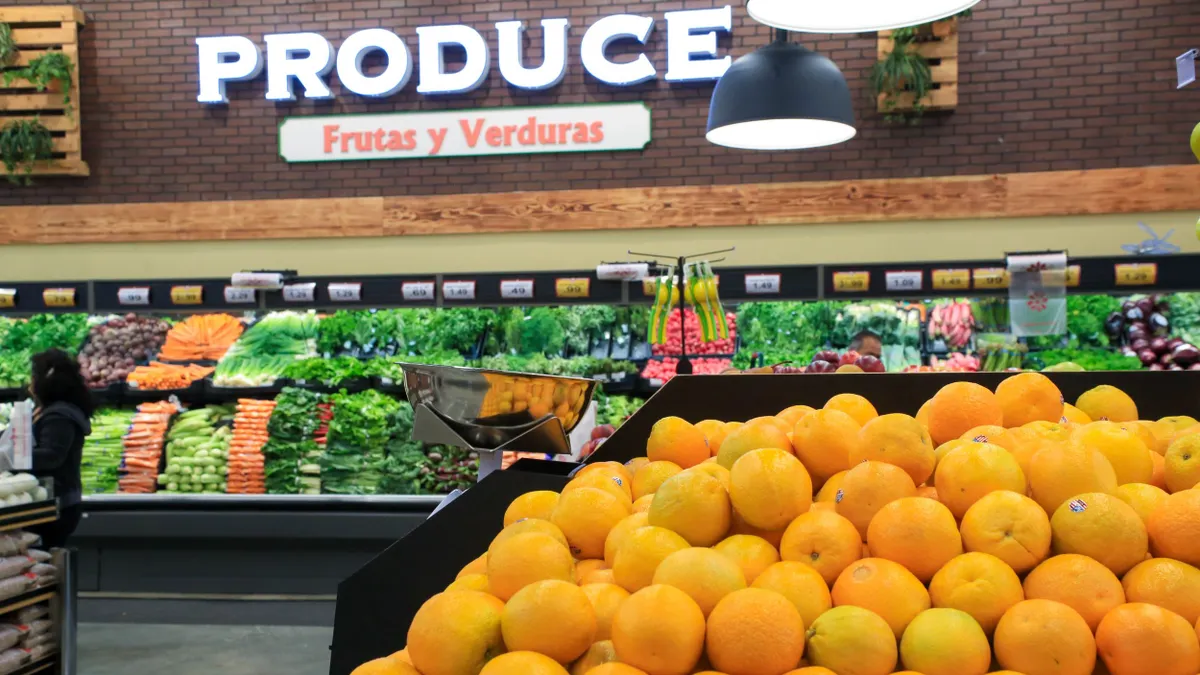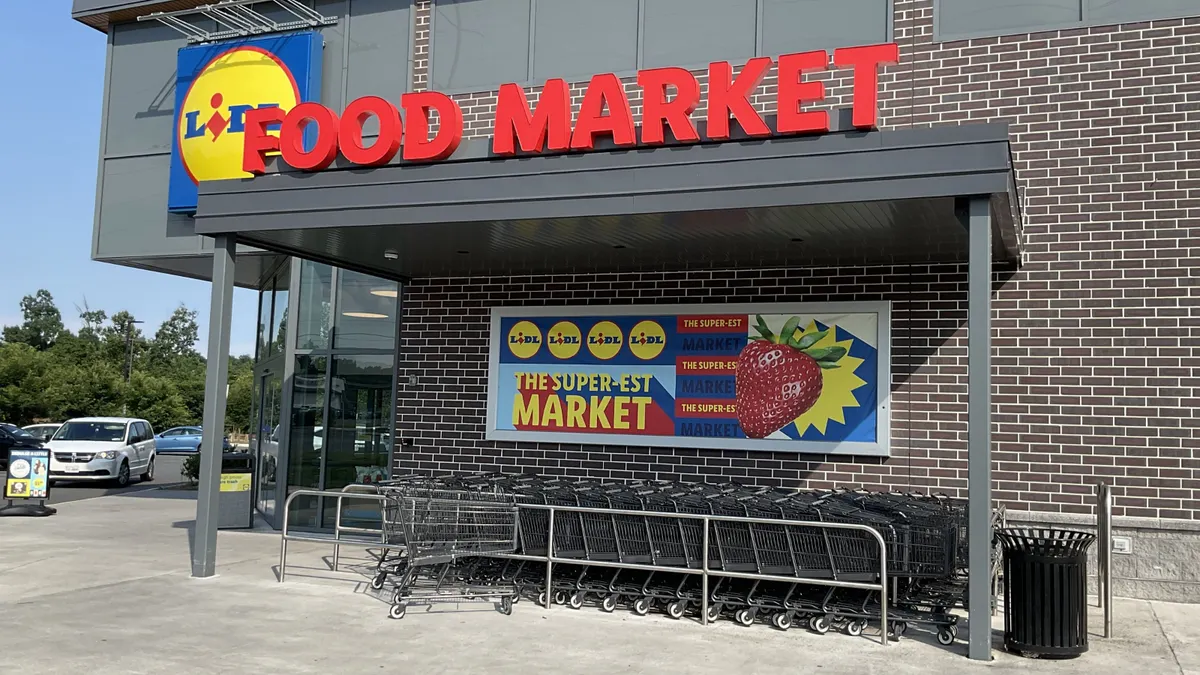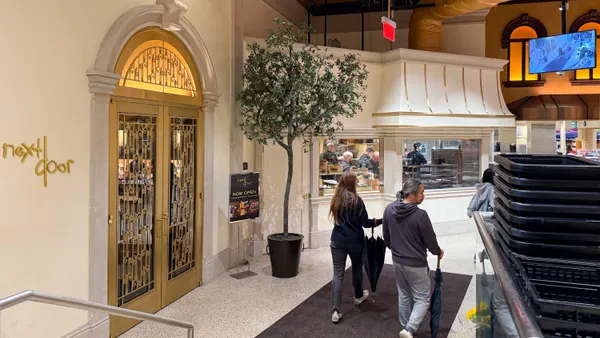Amazon’s announcement last week that it’s adding fresh groceries to its same-day delivery service stirred anew the debate over whether U.S. consumers are ready to buy a significant amount of produce, milk, meat and other perishables from an online-only service.
But that debate misses what’s arguably the larger threat to grocers: the rapid growth of Amazon’s same-day service, which is already helping the company sell more goods that food retailers also offer, such as pet food, pantry items and household cleaners.
These fast-moving consumer goods — or “essentials,” as Amazon calls them — are high-margin items that many grocers rely on to turn a profit. For years, the e-commerce giant has been commanding a significant portion of these sales — and the signals so far from same-day delivery indicate that its share of consumer goods purchases is getting bigger.
“They've essentially been attacking the non-fresh side of a supermarket through this same-day-or-faster proposition. And it has worked,” said Jordan Berke, founder and CEO of digital retail consultancy Tomorrow Retail Consulting.
Although Amazon hasn’t released details about the performance of its same-day service specifically, it has made clear that it’s seeing growing demand for faster delivery. Last year, Amazon shipped more than 9 billion orders for same- or next-day delivery worldwide, and during this year’s second quarter delivered 30% more items in the U.S. for same or next-day service compared with the same period in 2024, according to company earnings calls.
Amazon has offered same-day delivery since 2015, but it began aggressively expanding this service nearly two years ago. In June, Amazon said it plans to expand same- and next-day delivery to reach 4,000 smaller cities and communities by the end of this year. Meanwhile, Amazon’s same-day perishables delivery is slated to roll out to more than 2,300 locations by year-end.
Amazon’s same-day service is facilitated by a dense, regionalized fulfillment network that seeks to position sites within 20 minutes of 70% of the U.S. population, according to a report by Tomorrow Retail.
Making products like batteries, hair care and laundry detergent available for same-day shipping has made it more convenient for Amazon Prime members to add these items to their carts, said Berke. Tomorrow Retail’s report noted that sales of fast-moving consumable goods on Amazon are growing 50% faster than the rest of its retail business.
“While traditional grocers focus on defending the store, Amazon is capturing repeat spend in the aisles that matter most,” the report noted.
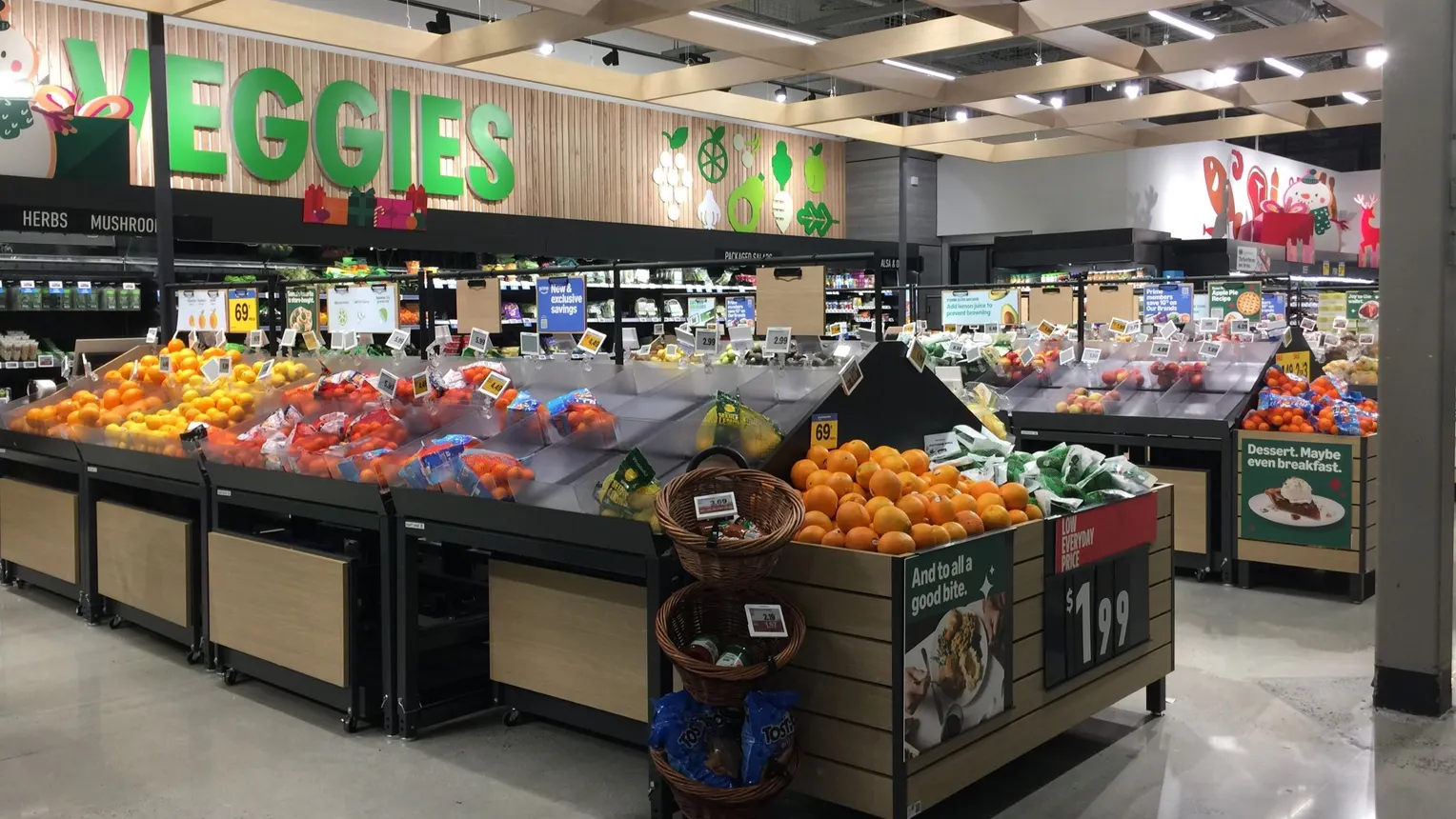
Overcoming the “trust chasm”
As Amazon speeds up delivery across pantry and general merchandise categories, it believes fresh grocery sales can benefit from the momentum and convenience of same-day service, and that its Prime membership will ultimately grow and improve retention.
Early returns from the new same-day fresh grocery service are promising. During a pilot run, three-quarters of people who used it were first-time perishables shoppers with Amazon, CEO Andy Jassy said during the company’s Q2 earnings call in July. Twenty percent of those who tried the service returned “multiple times” within their first month to use it.
Those results show potential for significant incremental growth for Amazon in perishables, said Berke. But it’s not altogether clear whether or not Amazon will be able to overcome the “trust chasm” that it faces in convincing people to consistently rely on it to deliver fresh goods, he said.
“The real question is, is this new cohort ready to trust Amazon?” Berke said.
So far, the company has struggled to build that trust. Amazon Fresh, its omnichannel grocery brand, remains a minor industry player. After opening its first store in 2020, the brand currently has just over 60 stores in nine states.
U.S. shoppers have shown they prefer to buy fresh goods from retailers that run brick-and-mortar stores, as evidenced by the struggles of online-only grocers like Peapod and FreshDirect. And while Amazon’s idea to let consumers get batteries, body wash and eggs all delivered within hours through the same order might seem convenient, it’s unclear if this actually makes intuitive sense to shoppers.
“I’m not convinced about the everyday appeal of mixing fresh groceries with electronics or hardware in the same basket, but minimally it can be an effective way to introduce grocery delivery to a broader set of Amazon’s customers.” Tom Furphy, CEO and managing director of investment firm Consumer Equity Partners and former vice president of consumables and Amazon Fresh for Amazon, said in an earlier interview.
The service may also have some kinks to work out. Celia Van Wickle, who writes a regular newsletter about digital commerce, recently tried Amazon’s same-day fresh grocery pilot through Prime in the Atlanta area. While she found the add-to-cart convenience compelling, she saw differences in speed and price between the new service and Amazon Fresh.
“It’s confusing to have two ways to order groceries with different delivery speeds, pricing, and assortments,” Van Wickle, who works as director of digital commerce at Russell Stover Chocolates, wrote on LinkedIn. “If you’re not a frequent Fresh customer, you might not realize you could receive items even faster than Prime’s Same-Day window.”
Still, Amazon’s ability to drive speed and convenience in e-commerce is unmatched, said Berke, adding that he’ll be carefully watching consumers’ response to the new same-day grocery service over the coming months.
“All the signals that we are picking up are that Amazon would love to not need stores,” Berke said. “They would totally prefer to be able to win the grocery future with an online-only strategy.
Editor’s note: This story has been updated to provide the full quote from Tom Furphy.



